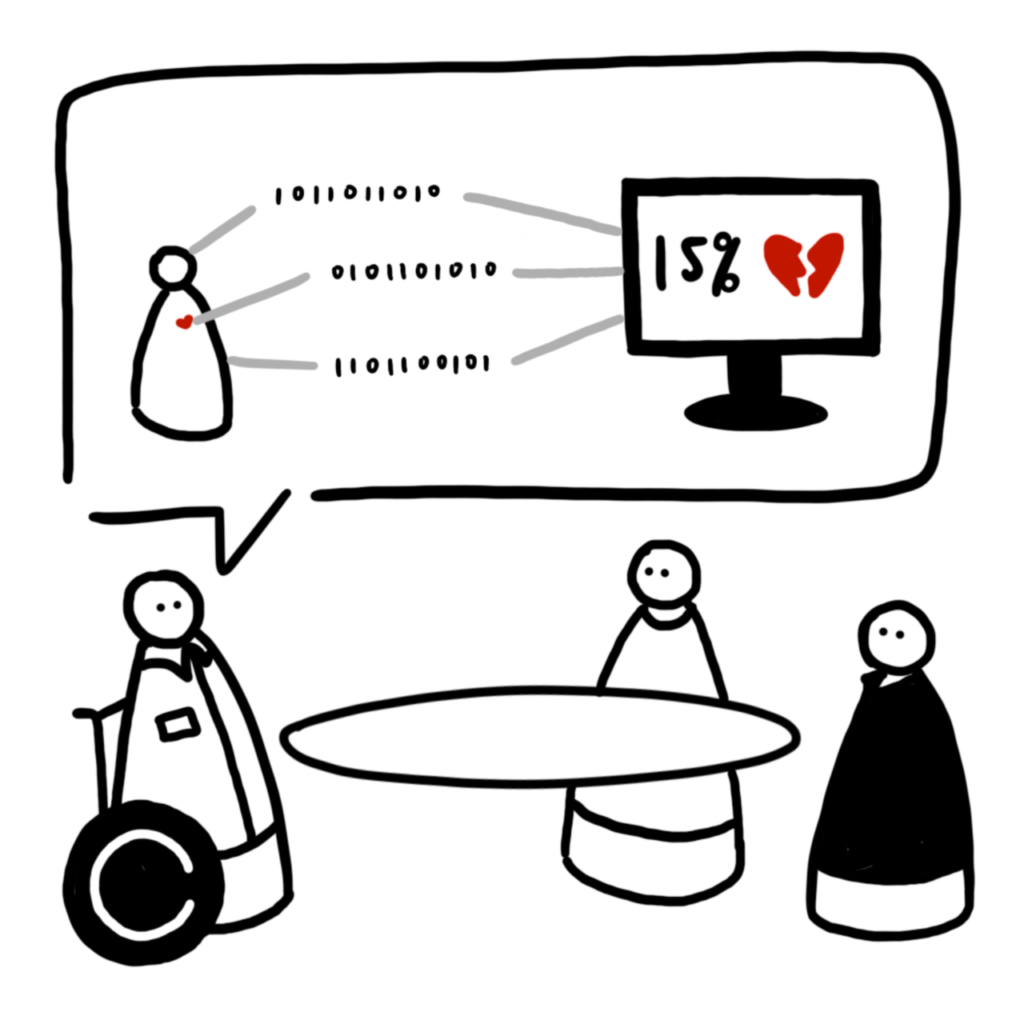AI in 2025: Rewiring Organizations, Not Just Deploying Tools

The AI Pioneers project has always recognised teh dual challenge of AI for Vocational Education and Training. Once aspect is the use of AI for teaching and learning. But the other is redeveloping curricula to deal with the introduction of AI as a competence in many occupations. To that extent we have been monitoring various reports in the adoption of AI in enterprises.
The latest State of AI in 2025 report by McKinsey, offers a view of how businesses are navigating the introduction of AI. One clear insight they emphasise: the true value of AI lies not in isolated experiments but in rewiring how companies operate. As adoption accelerates, organizations face a dual reality—early wins in efficiency are evident, but systemic transformation remains a work in progress. Here’s what the data tells us.
Adoption Is Rising, Yet Systemic Impact Lags
AI adoption is no longer niche. 78% of organizations now use AI in at least one function, up sharply from 55% a year ago. Generative AI, in particular, has surged: 71% of organizations deploy it regularly in at least one function, compared to 65% just months earlier. However, over 80% of respondents see no material enterprise-wide impact from generative AI. This gap underscores a critical challenge: localized gains (e.g., cost reductions in specific units) are not yet translating to broad financial transformation.
The lesson the report draws from this is that functional adoption is a starting point, not an endpoint. To unlock value, companies must rethink workflows, decision-making structures, and cross-functional collaboration.
Workflow Redesign
A small but growing cohort of organizations—21% of generative AI adopters—are redesigning core workflows. This shift signals a move beyond “plug-and-play” use cases (e.g., drafting emails) toward embedding AI at an operational level. For example:
- 63% of generative AI users create text (e.g., reports, customer communications).
- Over one-third generate images for marketing or design.
- More than one-quarter produce code, speeding up development cycles.
These applications suggest AI has the potential to reshape how teams work. Yet redesigning workflows requires investment in change management, training, and governance—areas where many firms still lag.
Governance Gaps and Emerging Risks
As AI scales, oversight remains fragmented. 28% of organizations task their CEO with AI governance, while 17% involve their board. Fewer still have specialized roles: only 13% hired AI compliance specialists in the past year, and a mere 6% brought on AI ethics experts.
Risk mitigation is equally uneven. Inaccuracy, cybersecurity threats, and intellectual property concerns are the most cited negative impacts of AI. Quality control practices vary widely: 27% review all AI outputs, while others check 20% or less.
The Workforce: Reshaping, Not Replacing
38% of organizations expect little net workforce change from generative AI. The bigger story is reskilling and changes in work roles.
- Most companies have already reskilled employees due to AI, with more plans over the next three years.
- Service operations and supply chain roles face the highest reduction risk, while IT and product development teams may expand.
Notably, hiring for AI talent has eased slightly, but data scientists remain in high demand—a reminder that human expertise remains central to scaling AI responsibly.
The Path Forward
Although early adapters are implementing AI more systematic adoption would need enhanced work flow redesign, stronger governance frameworks and investment in reskilling. This requires reimagining how work gets done.
About the Image
“prediction” provides a hypothetical vignette of AI education. Using simple, icon-based imagery, it depicts a small-group seminar in which an expert (here, a wheelchair user) explains risk prediction algorithms for cardiovascular disease to two students within the health sciences. Disabled people may interact with health systems more frequently than the general public, and this artwork touches on the value this group brings to those systems and their AI-ification.

